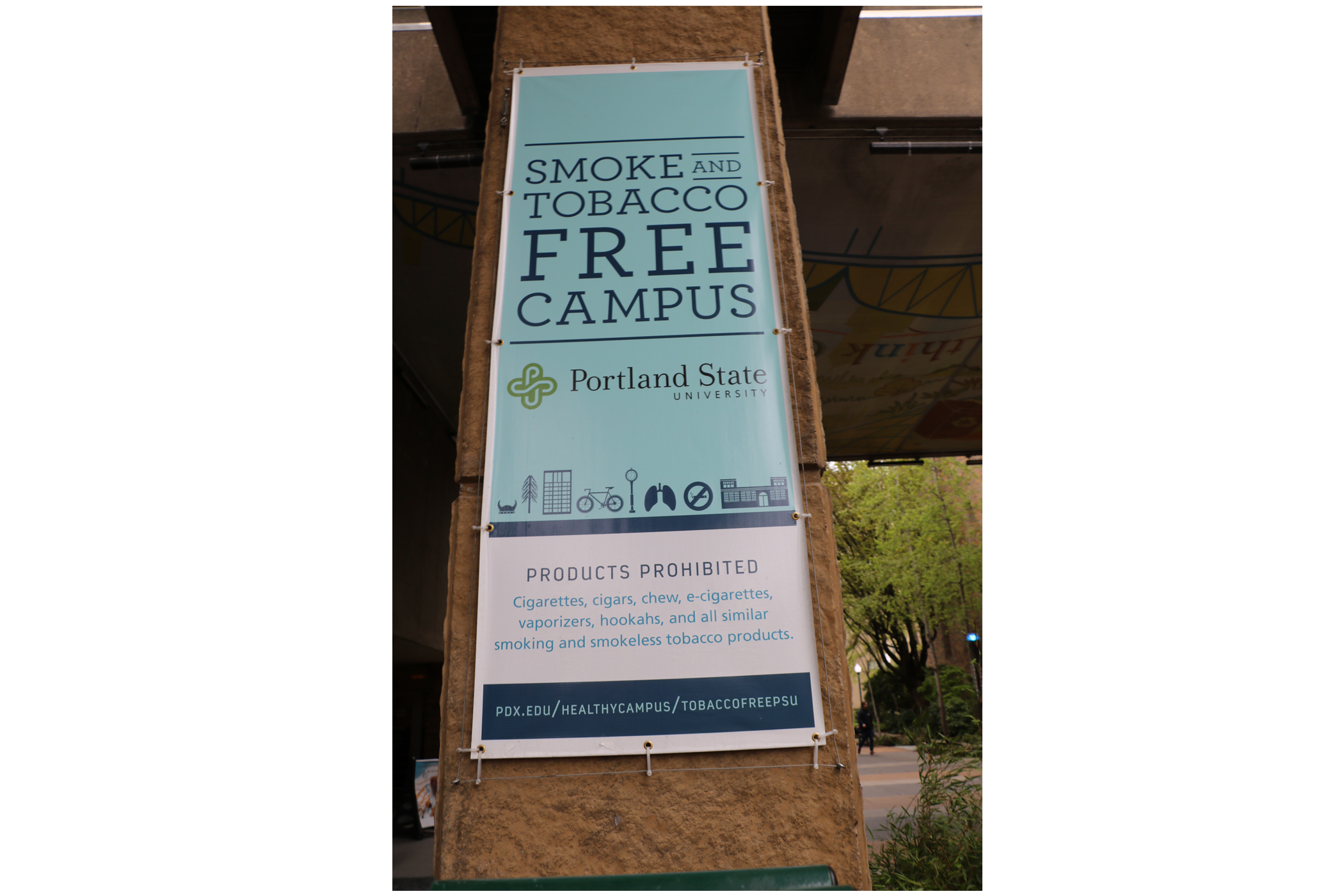Hippies have always ruled Portland State. Sure, we’re not as crazy as those tree-dwellers down in Berkeley, but we Portlanders do want to make sure that our trees are kept in one piece. The university decided in 1989 to add on to the Branford P. Millar Library, to create the toilet-seat-shaped building we know today.
Answered! – Irrelevant information that you need to know
Say wha?
“He was good. He was really good. When he shot it, he knew it was going in. And he shot it with confidence.”
-Ken Bone, head coach of the men’s basketball team, on sophomore forward Kyle Coston’s performance against Northern Colorado last week.
In case you were wondering…
Hippies have always ruled Portland State. Sure, we’re not as crazy as those tree-dwellers down in Berkeley, but we Portlanders do want to make sure that our trees are kept in one piece. The university decided in 1989 to add on to the Branford P. Millar Library, to create the toilet-seat-shaped building we know today. This beatnik-minded rational of preservation must be why the university “chose” to build around the 200-year-old copper beech tree that stands in front of the library.
Yes, the university could have chosen to merely tear down the tree, which is said to be an unusual species in the western states, in order to build the additions to the library. Instead, PSU chose to build a cute library shaped like the letter “U” around the tree. This novel idea of building around objects with historical significance would be used again nearly 20 years later by TriMet, when they “chose” to build around Randal Acker’s 100-year-old home near campus.
What the hell is that?
Underneath many of the Portland State buildings is a network of cavernous tunnels reminiscent of a set from a horror movie. Don’t expect the tunnels to be full of ghouls and ghosts, however. What’s in the tunnels is a lot less menacing–thousands and thousands of feet of utility piping. Boo!
Like Portland’s infamous Shanghai Tunnels, PSU’s service tunnels are hidden from everyday sight and most locals are likely not aware of their existence. Another key difference: if you venture down to the service tunnels on campus, you probably won’t get stabbed … probably.
In the hot (temperature, not sexy) tunnels, machinery buzzes and color-coded piping sends gas, steam, water and communication utilities from one building to the next. Blue means water, yellow is steam, green is drinkable water and (disgustingly) brownish-red means sewer waste.
Even though tunnels are the coolest things ever, and we are sure you are dying to venture underneath PSU and do some exploring, don’t expect to get access. “The Campus Loop” system, as the tunnels are called, is not for student access. We wouldn’t know how to get down there even if we wanted to–and we do. Until we can figure out how, we’ll just keep looking for that trap door we keep hearing about.




